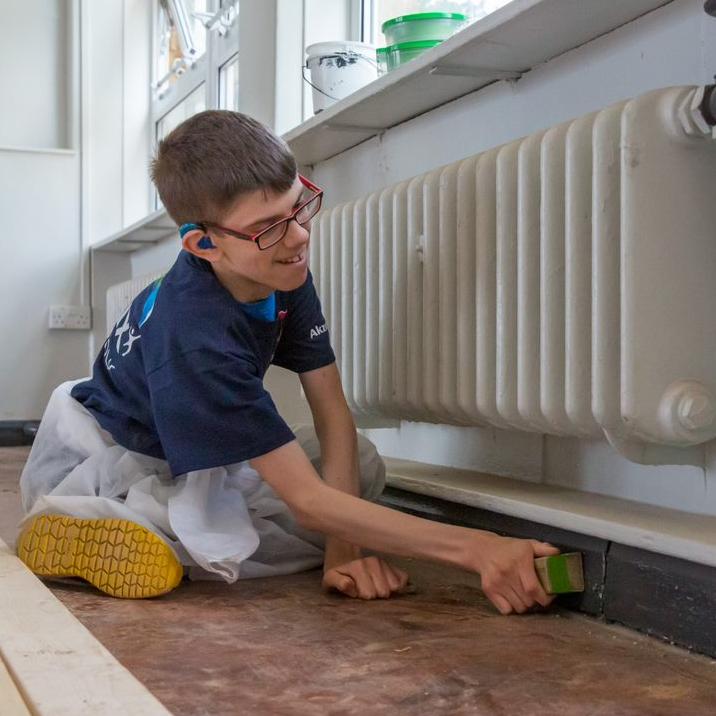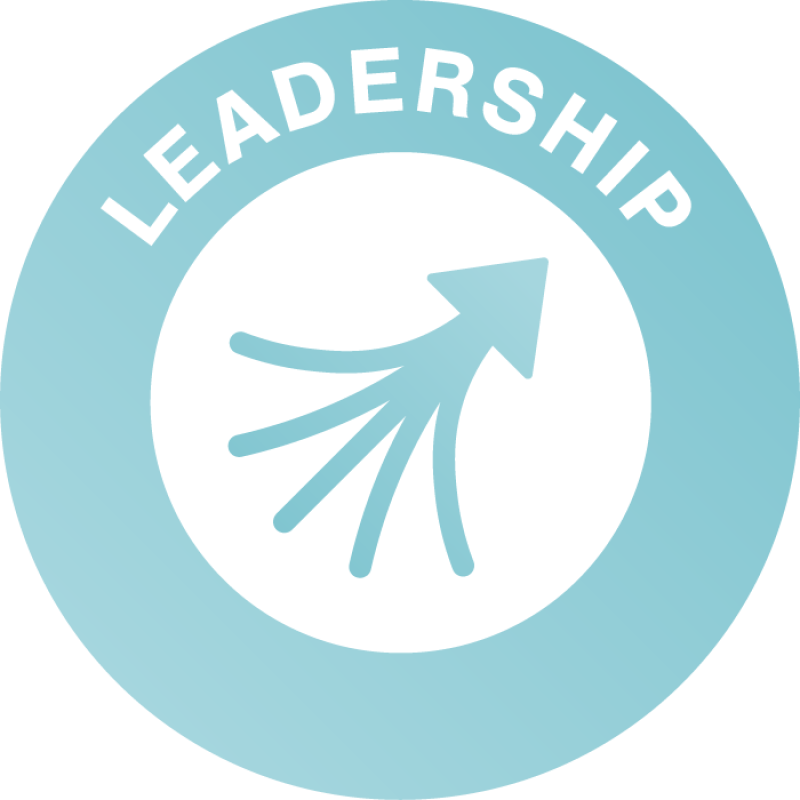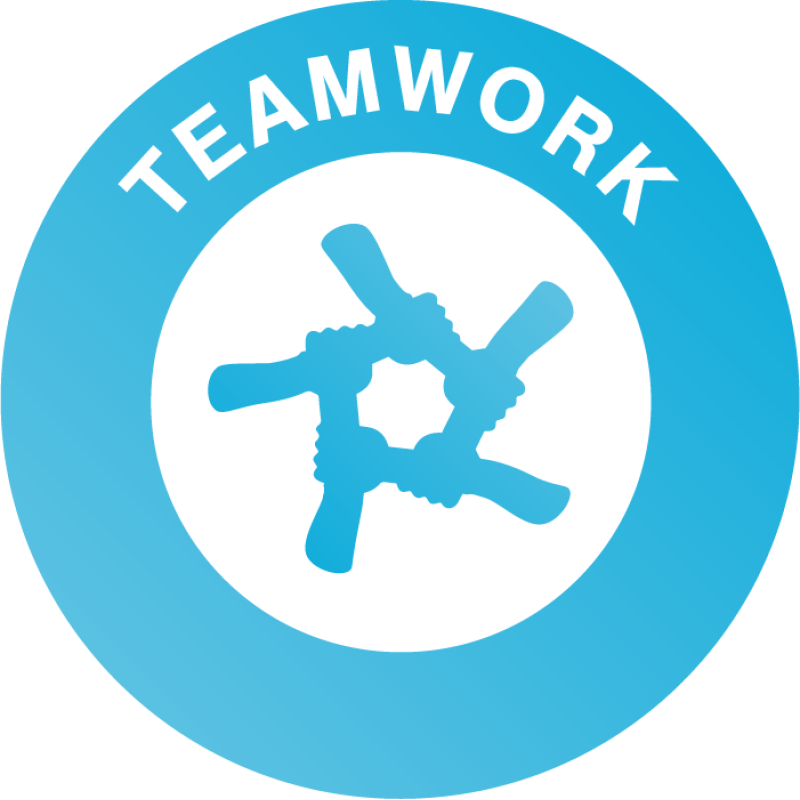This Primary Careers Resources Platform will help you:
- Embed career-related learning in your school’s curriculum
- Conduct career-related learning activities with your class
- Engage parents and other stakeholders in career-related learning
- Top Tips to embed career-related learning in your setting
Whether you're new to career-related learning or have been doing it for some time, our platform will help you develop an approach that will broaden pupils’ horizons. The resources showcased on this Platform are free for you to download and are from organisations that have been funded to test what works at primary, as well as other trusted providers. A quiz tool, built in partnership with Skills Builder, will help you structure an embedded classroom and whole school strategy, and research papers will provide guidance on what we know about good practice.
The Careers & Enterprise Company launched Start Small; Dream Big, its careers pilot for primary schools in 2022. Read about the early indicators of impact here.
The Careers and Enterprise Company’s Primary Platform is a great resource to dip into where you will find lots of tips and support to help you with embedding Career-Related Learning in your curriculum.
Davina Wakelin, Head of Primary Phase, The Cavendish School, East Sussex
















